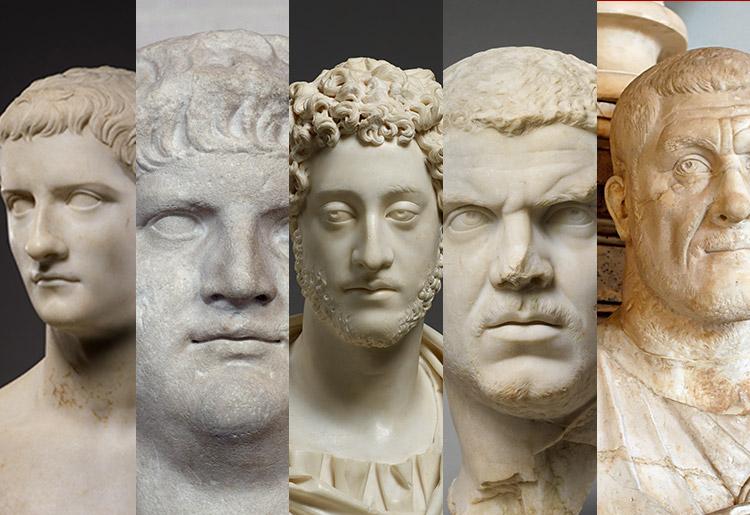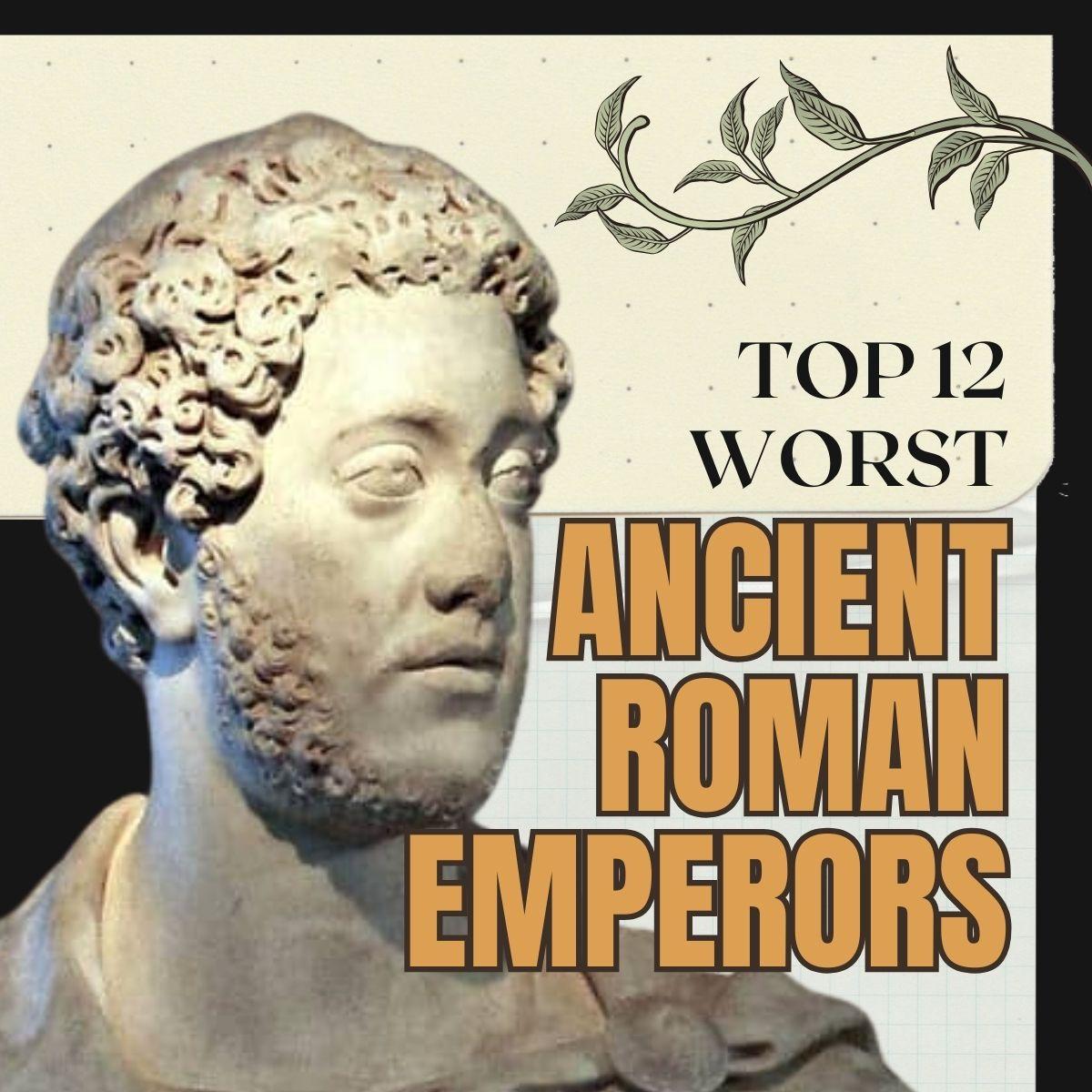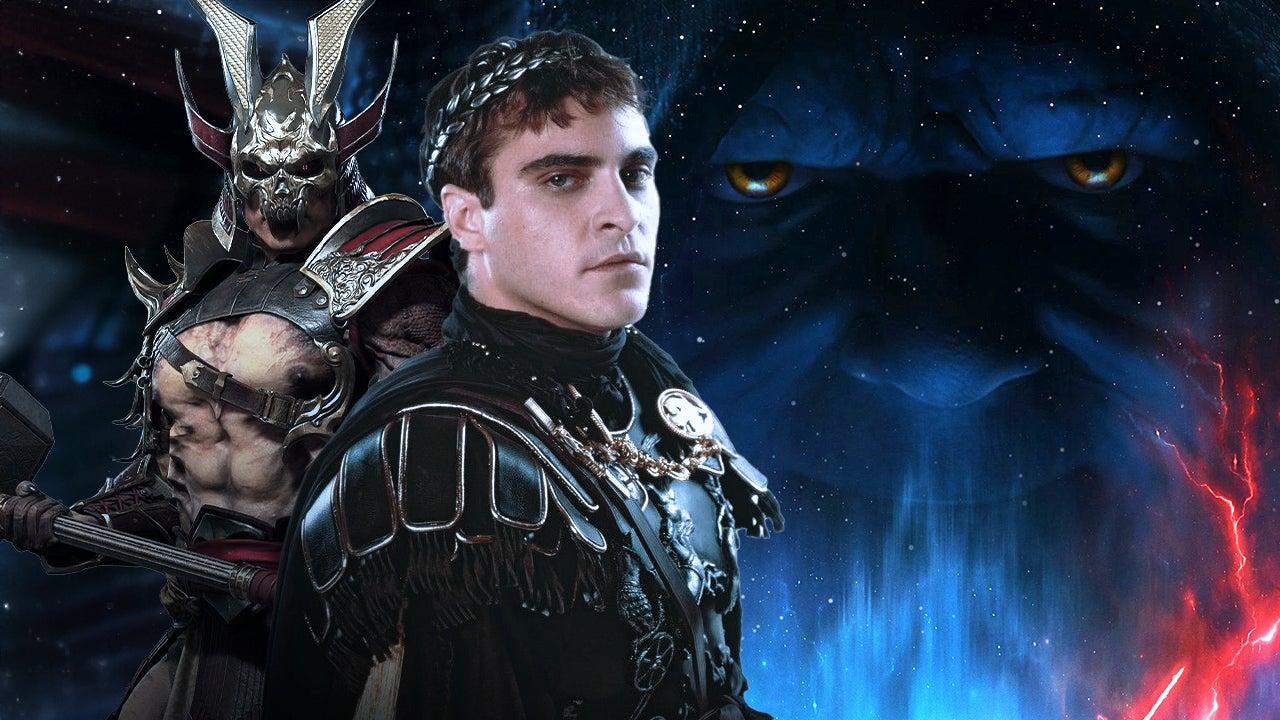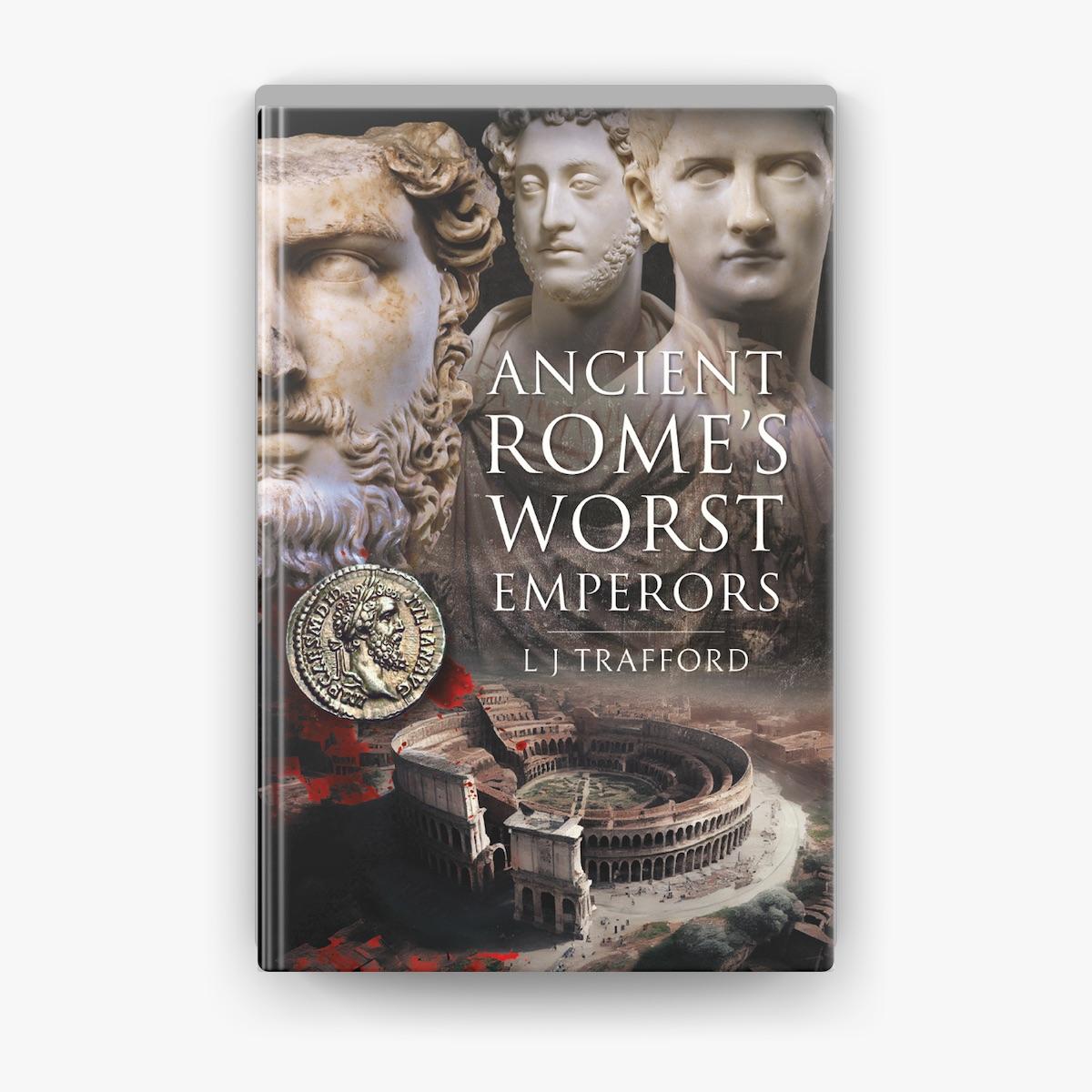Exploring Tyranny on Screen: The Influence of Gladiators and Galactic Rulers
Film and television have long served as a mirror reflecting societal fears and aspirations, often embodying the archetype of tyranny through the guise of emperors and rulers. In the bloody arena of Gladiator, we encounter Commodus, portrayed as the epitome of self-indulgent cruelty, whose quest for power drives his betrayal of family and friends alike. This character draws upon historical figures, yet through the lens of pop culture, he transforms into a symbol of unchecked ambition—a warning of the decadent fallibility of power. His reign is juxtaposed against the noble struggles of Maximus, highlighting the stark contrast between tyrannical rulers and virtuous heroes, urging viewers to reflect on the ethics of leadership.
Shifting to a galaxy far, far away, the portrayal of tyrants takes on a more imaginative yet equally sobering form. Characters like the Emperor Palpatine resonate with audiences, embodying manipulative power through deceit and fear. His rise to dominance illustrates a chilling narrative of how democracy can devolve into tyranny, reminding audiences of the fragility of rights and freedoms. Within this cinematic tapestry, the recurring theme of authoritarian rule provokes deeper discussions about governance, morality, and rebellion, allowing viewers to explore their own perspectives on authority and its pervasive influence in their lives.

Comparative Analysis: Historical Figures vs. Their Pop Culture Counterparts
The portrayal of historical figures in popular culture often reflects a blend of reality and narrative embellishment, leading to intriguing comparisons. For instance, Commodus, the Roman Emperor depicted by Joaquin Phoenix in the film Gladiator, is characterized as a tyrant consumed by vanity and ambition. While his historical counterpart did exhibit erratic behavior, including participating in gladiatorial games, the film amplifies these traits for dramatic effect, presenting him as a cartoonish villain rather than a complex leader. This contrasts sharply with accounts from Roman historians, who painted a picture of a man struggling to wield power amidst political turmoil and familial betrayal.
Similarly, in the iconic universe of Star Wars, the character of Palpatine, also known as Emperor Sidious, serves as a quintessential example of pure evil wrapped in political cunning. While not based on a single historical figure, he evokes traits reminiscent of various despots throughout history, such as his manipulation of fear to consolidate power. In reality, the dynamics of political leaders like Nero and Caligula—whose reigns were marked by excess and brutality—offer a more nuanced tableau. Yet, in pop culture, these historical references are often simplified, allowing audiences to engage with their villainy in an entertaining, albeit skewed, manner. The transformation of these rulers into larger-than-life characters exemplifies a cultural tendency to dramatize history, simplifying complex truths into digestible narratives for today’s viewers.

Lessons in Leadership: What Modern Audiences Learn from Fictional Emperors
The portrayal of emperors in modern pop culture—whether in films, series, or literature—provides a fascinating lens through which we can explore vital leadership lessons. Characters like Commodus from Gladiator and Emperor Palpatine from Star Wars not only serve as cautionary tales but also illustrate the perils of mismanaged power. Such depictions reveal that absolute power often corrupts absolutely; leaders who prioritize their egos over their responsibilities can wreak havoc on their nations. This emphasizes the need for accountability in leadership roles, reminding audiences that transparency and humility are vital traits in a true leader’s arsenal.
Moreover, the actions and fates of these fictional emperors inspire critical discussions on the importance of vision and ethical governance. A ruler who fails to consider the complexities of their domain ultimately faces the wrath of their people, as seen with Commodus, who prioritizes personal glory over the empire’s well-being. It promotes the idea that a leader’s vision should be inclusive, allowing for diverse voices and perspectives, rather than devolving into tyranny. These narratives resonate deeply with modern audiences, encouraging them to reflect on the qualities that define effective leadership and the societal implications of those who hold power.

The Evolution of the Villain: How Emperors Reflect Societal Fears and Values
The portrayal of emperors in popular culture often mirrors the collective anxieties of society, encapsulating our fears of tyranny, power, and moral decay. Figures like Commodus from *Gladiator* exemplify the worst traits of unchecked authority, showcasing a ruler whose delusions of grandeur lead to chaos and cruelty. This character serves as a reflection of societal concerns about how power can corrupt, highlighting the fragility of order when leadership devolves into self-indulgence and brutality. Similarly, the Emperor Palpatine in *Star Wars* embodies the archetype of the manipulative tyrant, becoming a symbol of political betrayal and loss of democratic values, prompting audiences to question the motives behind their leaders and the structures that support them.
As these narratives unfold, they reveal much about the values and fears of the times in which they were created. The rise and fall of these villains not only entertain but serve as cautionary tales about the nature of power. Characters such as Emperor Qin in various interpretations convey the terror of authoritative rule paired with obsessive orderliness, resonating with contemporary issues of surveillance and personal freedoms. The portrayal of these historical and fictional emperors encourages viewers to reflect on their own societal structures, reminding us that the worst among leaders are often products of our deepest existential anxieties, transforming the battlefield of ideas into a mirror reflecting our greatest fears and values.
